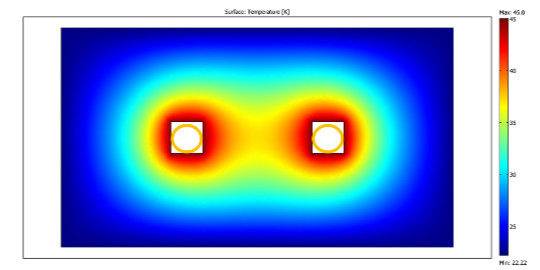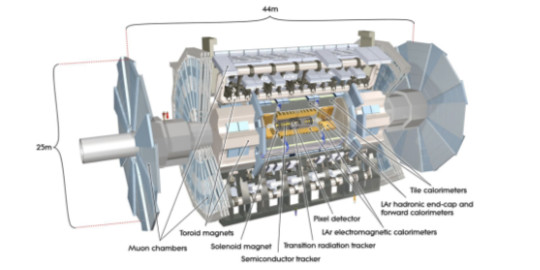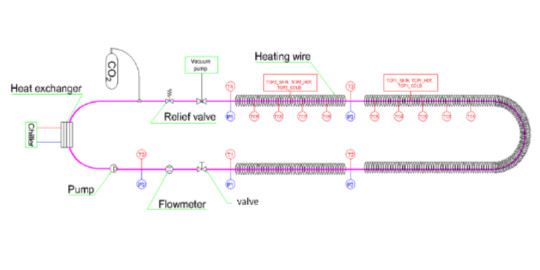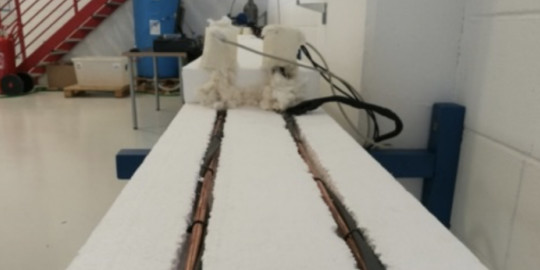Project to contribute to make CERN activities more environmentally friendly
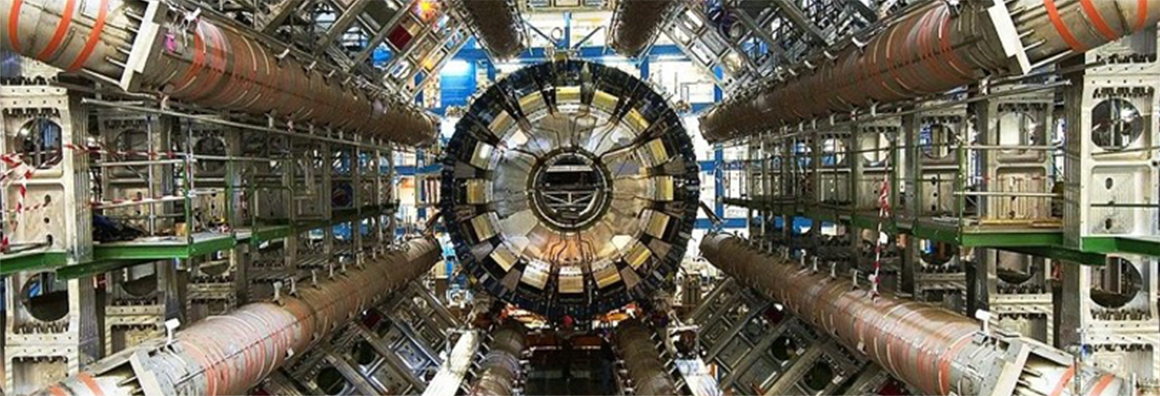
For the CERN in Geneva we carried out a feasibility analysis regarding eco-friendly efficiency for the Atlas project, one of the greatest particle physics experiments currently in progress at the CERN Large Hadron Collider. The study includes a definition of the test method, by identifying reliable and representative test modes for the cooling system of the Inner Tracker to be reproduced in the laboratory, and the design and completion of the related test system.
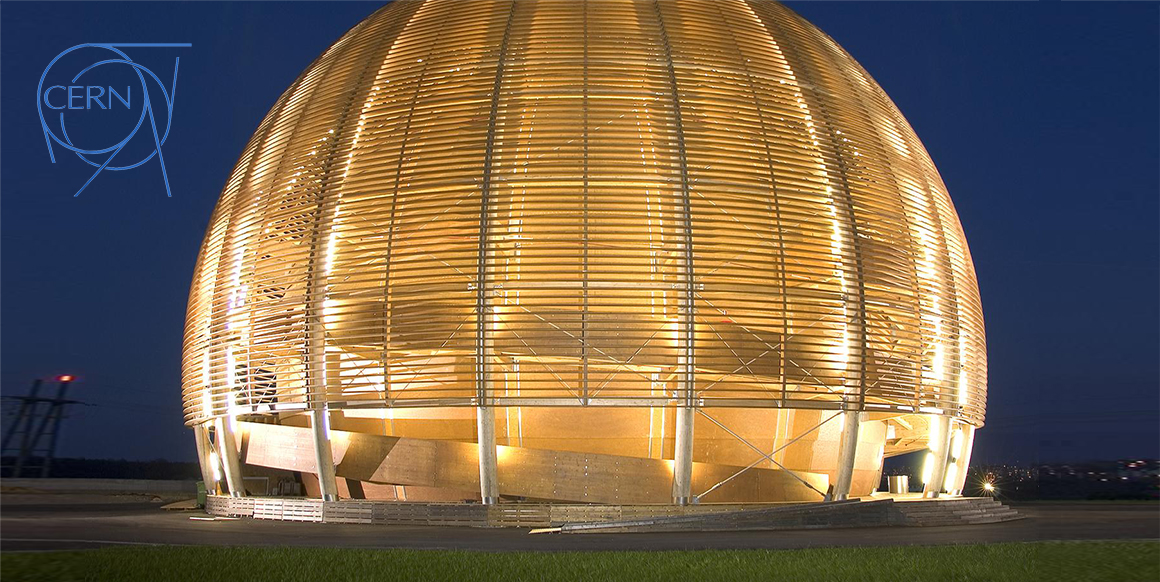
Customer: CERN
The CERN (Conseil Européen pour la Recherche Nucléaire) of Geneva is the European nuclear research organization, the greatest particle physics laboratory in the world. As part of their studies, aimed at examining how the universe is made and how it works, CERN physicists use some of the most powerful particle accelerators in the world. In the last few years they have tried to make their own research more environmentally-friendly.
Advantech TIME research projects
The CERN research project we collaborated with is called “Warm CO2 as possible solution for ATLAS ITk cable cooling” and handles Atlas, one of the greatest experiments installed at CERN, and, in greater detail, the cooling system for data and power cable of its ITk (Inner Tracker). The project aims at, without modifying the current system in any way, while considering its complexity and the economic investment sustained, to dissipate the thermal load released for the system to operate in a more environmentally friendly manner. For this purpose the idea was to replace the currently used Perfluorocarbon (FC-72), which is very efficient for heat transfer, but with a very high GWP (Global Warming Potential), approximately 9,000, with CO2 which has a value of 1, and therefore has a much less aggressive environmental impact. One of the peculiarities of this study was having to research a way to test proposal applicability through a simplified system made in the laboratory, since it was obviously impossible to carry out tests on the actual cooling system of the involved detector.
Feasibility analysis phases
- Identifying the surrounding conditions along with CERN: thermal load, diameter of pipes, maximum expected operating temperature and pressure.
- Conception and completion of a test system capable of:
a) simulating cable cooling (heating the pipe externally)
b) measuring thermodynamic conditions of the fluid (pressure and temperature) upon changing operating conditions (thermal power to be transferred, fluid saturation pressure, flow rate)
c) determining the best flow operational condition that can be achieved (with/without phase change) upon changing operating conditions and the pipe diameter. - Studying a new solution in order to guarantee greater thermal contact between the ITk cables and the cooling system.

